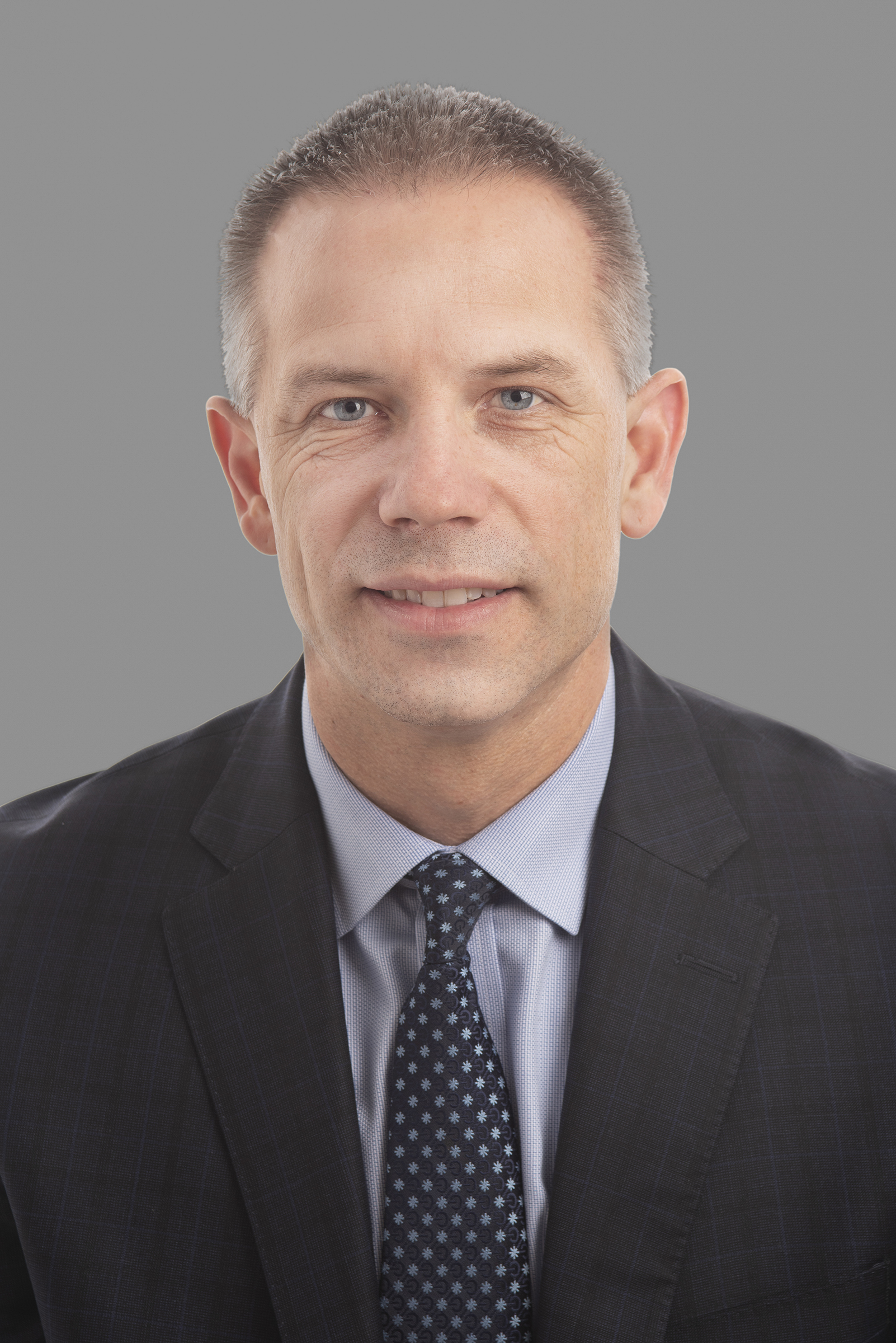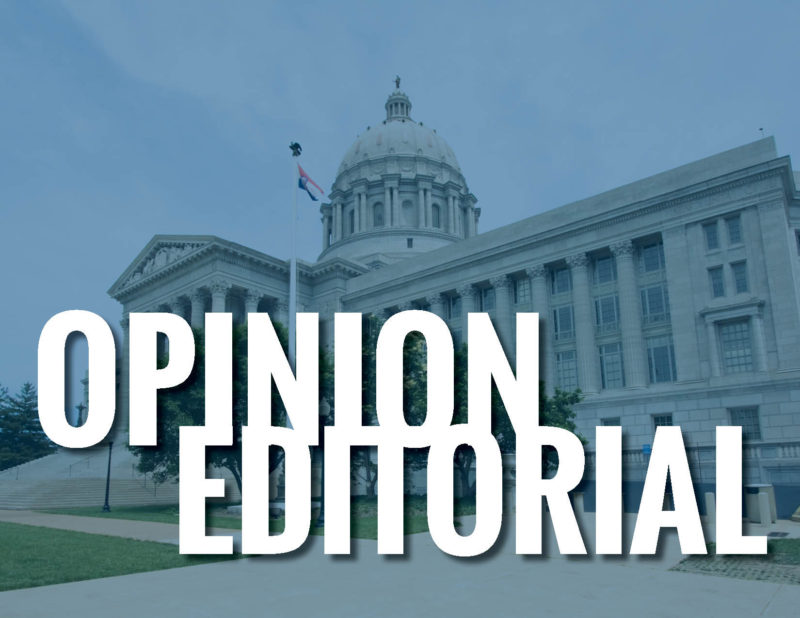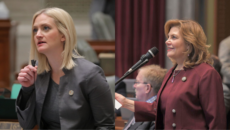Among the countless benefits that public television provides to Missourians, including supporting community traditions and preserving the history of our state, is that it serves as a source for quality, multi-media learning. Educational programming is readily available, offering access to tools for growth and development to students of all ages.

As a state that prides itself on our education system and opportunities for youth, it should come as no surprise that supporting resources such as public television is critical to the overall success of Missouri. As students are our state’s future leaders, we must support the institutions that serve their advancement, and thus, serve the economic sustainability of Missouri.
Now, perhaps more than ever, we must do even more to support education as families are feeling the increased need to keep students continually engaged. Through school closures as a result of coronavirus and the added challenge of summer break, teachers and parents alike are focused on how to keep students interested in learning and best prepared for the new school year ahead.
Of course, not all Missouri households have quality internet access at home to participate in online learning. Through broadcast media, the challenges associated with limited internet access for Missourians who may be low income or reside in a rural area is greatly reduced and is another way PBS is providing accessibility for all students statewide.
As plans continue to be developed for fall, Missouri families can rest assured that the resources offered through PBS educational programming are available to help their children succeed.
Our local PBS stations are a vital source for high-caliber, relevant programming that often works in conjunction with school curriculums and features an impressive reach. Nationwide, more than 1,500 public television stations reach 99 percent of Americans in some form. Additionally, public television broadcast reaches 82 percent of lower-income homes and 78 percent of rural homes. Over the course of one year, 66 percent of all kids ages two through eight, or 18 million children, will watch PBS programming.

An exciting development in Bank of America’s longstanding partnership with Missouri public television stations such as, Nine Network – St. Louis, Kansas City PBS, KMOS – Warrensburg, and Ozarks Public Television – Springfield and Joplin, is programming developed in partnership with Missouri’s State Board of Education and leading local school districts. Enhanced online learning tools, delivered via PBS Learning Media, include locally produced videos in which students may even be able to see their teacher on-air, and other supporting activities. Additionally, Khan Academy resources are helping students achieve greater financial literacy.
So far, the educational content has generated nearly 3 million TV, web, and social media impressions in Missouri.
Through these and other efforts, Bank of America and Missouri’s public television stations have sought to further elevate learning opportunities in our communities. It’s another way that PBS remains our state’s “largest classroom,” especially in these challenging times.
We are grateful for the opportunity to work with local PBS stations to keep Missouri’s students better connected through education and on track for success when they return to school – in whatever shape that takes. Likewise, as we all seek new ways to help ease the burden on Missouri families, education should certainly be at the forefront of how we move forward as a state, and rise to the occasion of supporting our future.

Matt Linski is the Kansas City Market President for Bank of America. Marilyn Bush is the St. Louis Market President for Bank of America.




